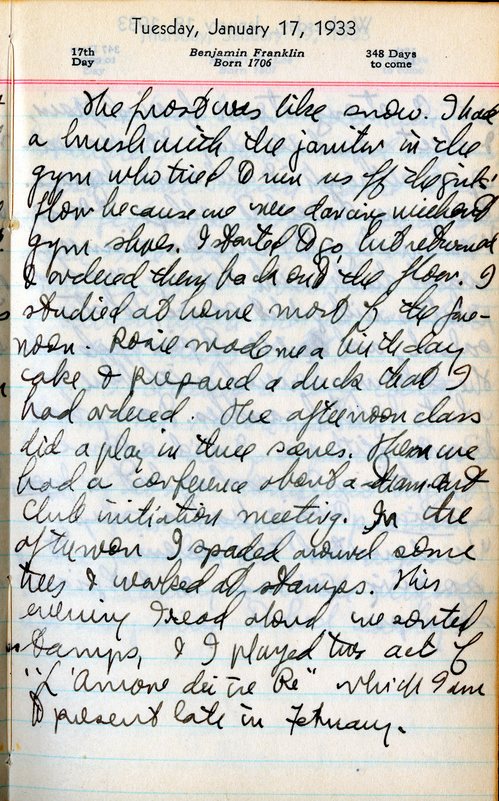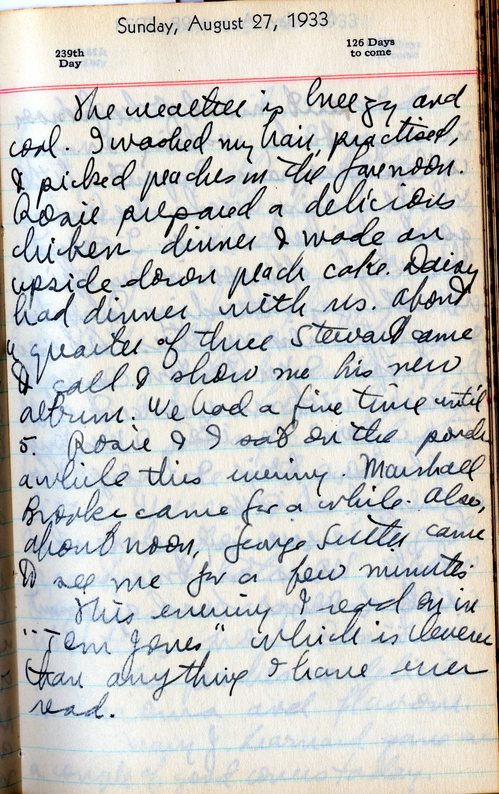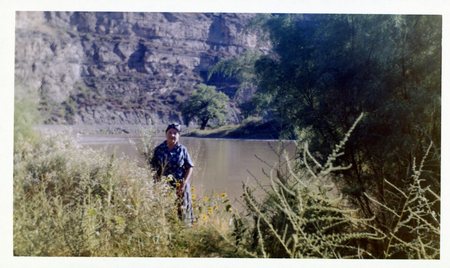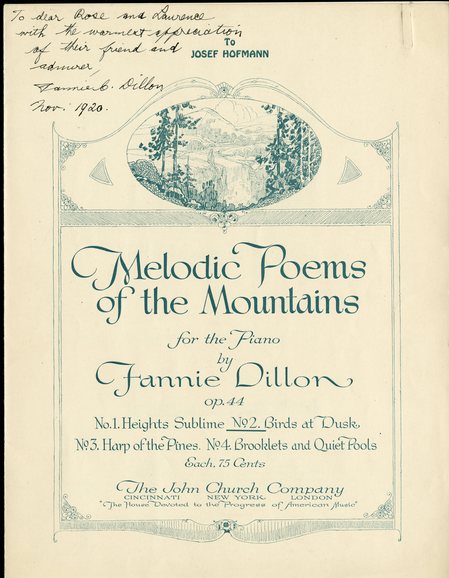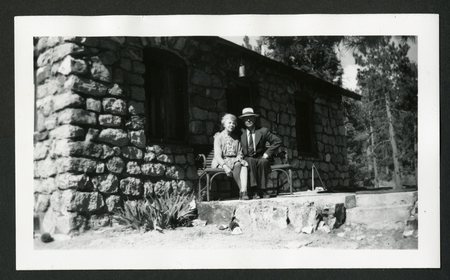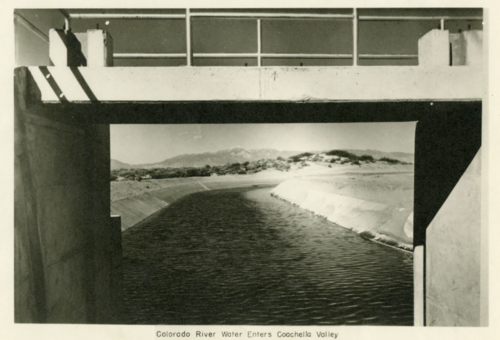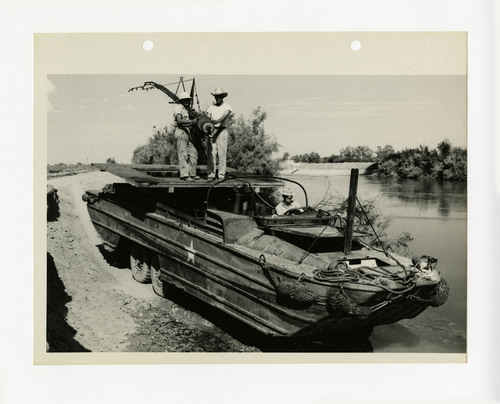Unquestionably, Instagram provides a space for users to share photos of amazing memories. One particularly popular category of photos shared on the platform revolves around food. Users often seek out meals or snacks simply because they know the food will create a “grammable” photo.
But how did people remember these “grammable” meals prior to the invention of Instagram? For John Laurence Seymour, it was by recording the meals in his diaries. From the years 1928-1982 Seymour wrote in his journals meticulously. In his daily entries, he nearly always recorded the weather, kept track of what operas and other theatrical shows he saw with his mother, and notated various meals and snacks he ate.
Typically, his mother Rose (whom he affectionately called “Rosie”) would be the chef or baker behind the corn chowders or banana cakes notated on the diary pages. Seymour would often notate picking fruit, such as oranges, nectarines, or apricots, and the next day would write about the upside down cake Rosie made out of the fresh harvest.
Below are 3 excerpts from Seymour’s 1933 diary. Each entry highlighting a Rosie specialty, such as chicken dinner, plum upside down cake, and duck served alongside Birthday Cake!
